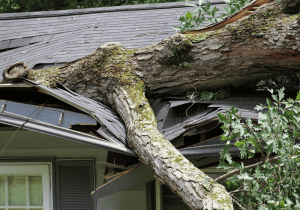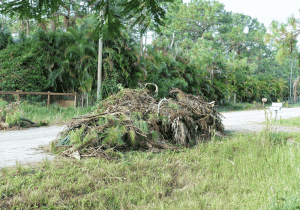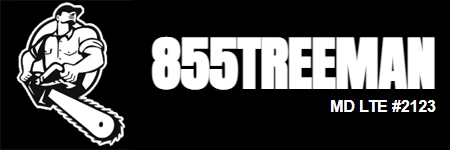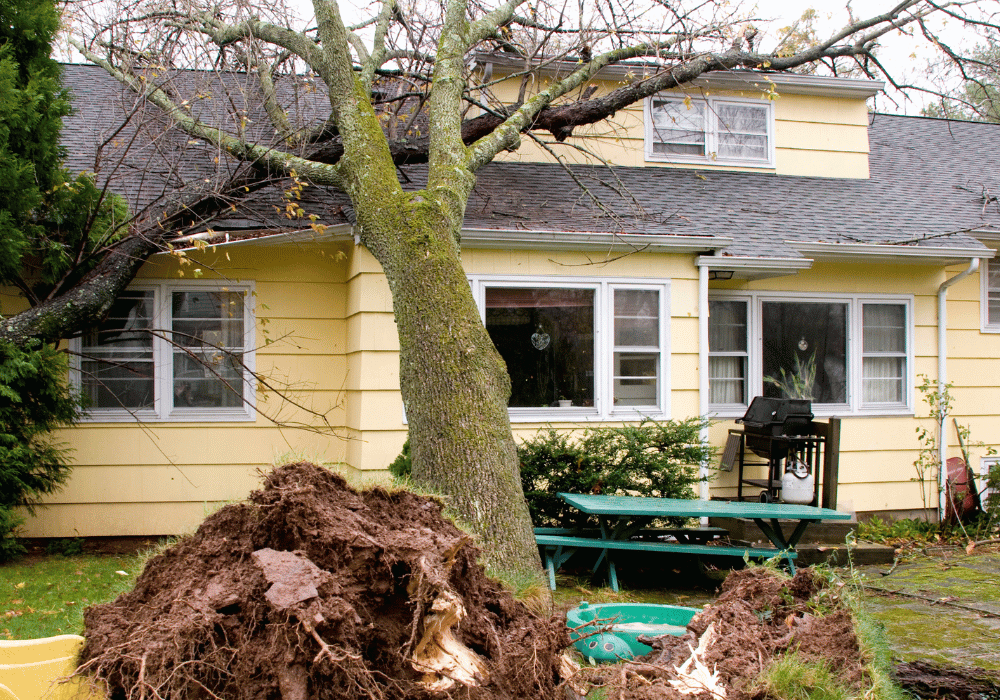When a storm strikes, it often leaves destruction in its wake, and fallen trees are among the most common problems. Not only can a toppled tree create a mess in your yard, but it can also pose safety risks to your family, your property, and even your neighborhood. Acting quickly and carefully after a storm is crucial to prevent further hazards and restore order. In this guide, we’ll walk you through the key steps to assess and safely clean up fallen trees, from evaluating the damage to knowing when it’s time to call in professional help.
Assessing the Situation
Before picking up tools, the very first step is to evaluate the situation carefully. Storm damage can vary widely, and jumping into action too soon could cause injury or worsen the problem.
 Inspect the Scene
Inspect the Scene
- Check for Nearby Hazards: Fallen trees can bring down power lines, damage fences, or lean precariously against buildings. Look for electrical hazards, gas leaks, or unstable branches that may still fall.
- Note Property Damage: Assess whether the tree has caused damage to your home, car, or other structures. Document the damage by taking photos for insurance purposes.
- Gauge the Size and Scope: Determine whether the tree is small enough to handle on your own or if professional help will be needed for larger, more complex jobs. Just like in complex academic tasks—such as when students choose to masterarbeit schreiben lassen to ensure quality and accuracy—knowing your limits and when to bring in experts can make all the difference.
By taking this initial inventory, you’ll have a clearer sense of the risks involved and how to plan your next steps safely.
Safety First
Cleaning up after a storm might seem straightforward, but fallen trees can be unpredictable. Ensuring your safety should always come first.
Essential Protective Gear
Make sure you’re wearing the right gear before you get started. This can include:
- Heavy-duty gloves to protect your hands from sharp branches and debris.
- Safety goggles to shield your eyes from flying splinters or sawdust.
- Sturdy boots (preferably steel-toe) to keep your feet safe from heavy objects.
- A helmet if there’s a risk of falling branches.
Dealing with Power Lines
If the tree has fallen on or near utility lines:
- Stop immediately and do not attempt to touch the tree or the lines.
- Contact your utility company for assistance—live wires are extremely dangerous and require professional handling.
Avoiding Injury
- Use proper lifting techniques—bend at the knees, not your back—to move heavy branches and logs.
- Keep children and pets away from the cleanup area.
- Stay aware of the terrain around you; wet or uneven ground can cause slips and falls.
Step-by-Step Cleanup
Once you’ve assessed the situation and taken the necessary precautions, it’s time to begin the cleanup. Start small and work your way up to heavier debris.
Step 1: Remove Small Debris
Use a rake or your hands to clear away twigs, leaves, and smaller branches scattered across your property. Bag or pile these items for easier removal later.
Step 2: Trim Larger Branches
For medium-sized branches, a pruning saw or loppers can efficiently cut them into manageable pieces. Cut branches that are still attached to the trunk carefully to control how they fall.
Step 3: Cut the Trunk
If the storm brought down a large tree, you’ll need a chainsaw to cut the trunk into sections. Here’s how to do it safely:
- Make a plan for your cuts to ensure the tree won’t roll or shift unpredictably.
- Start at the top and work your way down, cutting the trunk into smaller, movable pieces.
- Maintain a stable footing and take regular breaks to avoid fatigue.
Step 4: Clean the Stump (Optional)
Stumps can be left as they are, or you can have them removed later. Digging them out manually, using a stump grinder, or hiring a professional are all viable options depending on the size of the stump and your preferences.
Disposal and Prevention
Now that the tree is gone, you’ll need to decide how to deal with the debris and make plans to safeguard your yard against future storms.
 Tree Debris Disposal
Tree Debris Disposal
- Curbside Pickup: Many cities offer yard debris pickup services. You may need to bundle branches or bag loose leaves.
- Composting: Turn smaller branches and leaves into mulch for your garden.
- Hire a Service: Professional tree services often include debris hauling as part of their job.
- Recycle or Repurpose: Larger logs can be converted into firewood, furniture, or even decorative pieces for your garden.
Future Tree Damage Prevention
- Trim and Prune Regularly: Removing dead or weak branches beforehand can prevent them from falling during a storm.
- Inspect Trees for Weak Points: Look for cracks, cavities, or leaning trees that may pose a future risk.
- Plant Wisely: Choose trees suited to your climate, and avoid planting them too close to buildings or utility lines.
Knowing When to Call a Professional
Not every tree cleanup is a DIY job. Here’s when you should call the experts:
- Large Trees: If a tree is too big to handle safely or requires specialized equipment.
- Complex Situations: Trees entangled in utility lines or precariously balanced on roofs need professional attention.
- Signs of Internal Damage: A hollow or rotting tree may pose additional hazards during removal.
Professional tree removal services typically provide:
- Expert cutting and removal
- Stump grinding or removal
- Safe disposal of all debris
Hiring a professional may cost more upfront, but it ensures the job is done safely and efficiently.
Addressing a fallen tree is just the beginning. Ongoing maintenance is key to keeping your yard safe and storm-ready. Regular inspections, thoughtful planting, and working with certified arborists can make a world of difference. Don’t wait for the next storm to strike—start putting these measures into practice today for peace of mind and a safe, beautiful yard.


